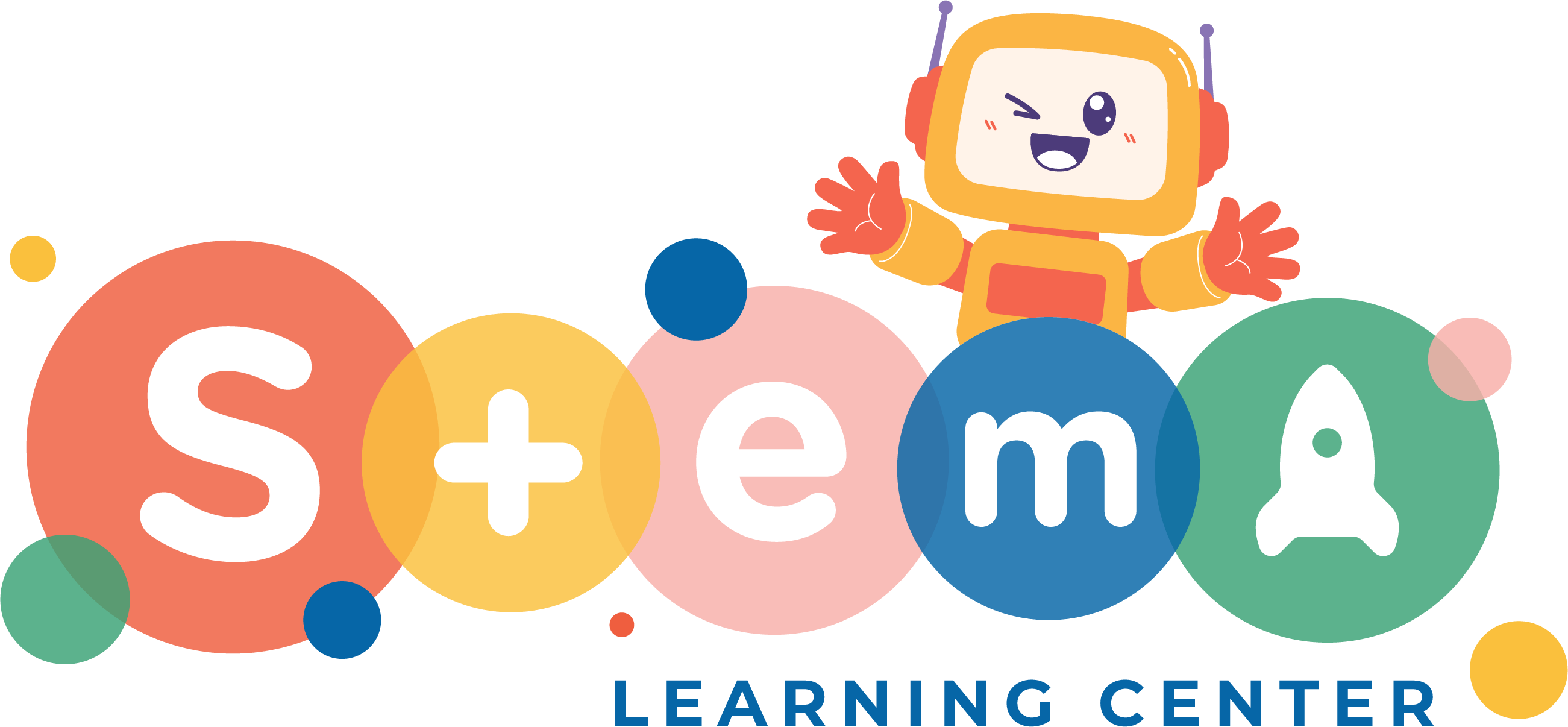
About STEMA Learning Centre


ROBOTICS
Robotics merges mechanical, electrical, and software engineering, offering hands-on learning that builds resilience. It fosters collaboration, stimulates curiosity, and develops essential critical-thinking and problem-solving capabilities.


CODING
Coding fosters critical thinking and systematic problem-solving, encourages creativity, opens career pathways in tech, and promotes collaboration through teamwork. It cultivates adaptability in an ever-evolving digital landscape.


DIGITAL ARTS
Digital arts blend creative expression with technical expertise, embracing software tools for illustration, animation, and design. This versatile field fosters innovation, collaboration, and flexible career prospects.
KIDS HAVE FUN CREATING AT STEMA
STEMA-Empower future innovators, scientist and entrepreneurs
At STEMA, kids have fun exploring STEAM through hands-on activities like building robots, coding, and creating art. Our interactive approach sparks curiosity and makes learning exciting, helping children engage deeply and enjoy every moment of discovery.
Our Team
Convallis ullamcorper aliquet ultrices orci cum vestibulum lobortis erat.
OUR PROGRAM
Project 1.Robot with sensor to recognize obstacles (Age 8+)
Project 2. Building my transformer robot (Ages 5-7)
WHY STEMA?
A STEMA learning center offers comprehensive programs and resources to promote interdisciplinary learning and skill development in these fields. Here’s an overview of what a STEMA learning center typically offers:
- Integrated Curriculum: A STEMA learning center provides a curriculum that integrates science, technology, engineering, mathematics, and arts disciplines. This interdisciplinary approach allows students to explore connections between different subjects and develop a holistic understanding of real-world problems and solutions.
- Hands-on Learning: Hands-on, experiential learning is a key component of STEMA education. Learning centers often offer interactive activities, experiments, projects, and workshops where students can apply theoretical knowledge to practical challenges, fostering creativity, critical thinking, and problem-solving skills.
- STEMA Enrichment Programs: Enrichment programs may include robotics, coding, digital arts, engineering design challenges, mathematics competitions, scientific inquiry projects, and more. These programs are designed to engage students in stimulating activities that ignite curiosity and passion for STEMA subjects.
- Qualified Instructors: STEMA learning centers employ qualified instructors with expertise in science, technology, engineering, mathematics, and arts fields. These instructors are skilled at facilitating learning experiences, providing guidance, and inspiring students to explore and excel in STEMA disciplines.
- Technology and Resources: Learning centers often provide access to state-of-the-art technology and resources, including computers, robotics kits, 3D printers, multimedia tools, laboratory equipment, and educational software. These resources enable students to explore advanced concepts and develop technical skills in a supportive environment.
- Project-Based Learning: Project-based learning is commonly used in STEMA education to promote collaboration, problem-solving, and creativity. Students work on long-term projects that require them to research, design, prototype, test, and iterate solutions to real-world challenges, gaining valuable hands-on experience and teamwork skills in the process.
- STEAM Integration: Some STEMA learning centers also incorporate arts (STEAM) into their programs, recognizing the importance of creativity and innovation in STEMA fields. Students may have opportunities to explore artistic expression through activities such as digital art, multimedia design, music composition, and theater production.
- Community Engagement: STEMA learning centers often engage with the local community through outreach programs, partnerships with schools and businesses, STEMA fairs and competitions, and public events. These initiatives aim to promote STEMA awareness, inspire future generations of innovators, and foster collaboration between students, educators, and industry professionals.
Overall, a STEMA learning center provides a dynamic and supportive learning environment where students can develop essential STEMA skills, pursue their interests, and prepare for future academic and career opportunities in science, technology, engineering, mathematics, and arts fields.
Register your kids for our STEAM (coding, robotics, digital arts) program today!
